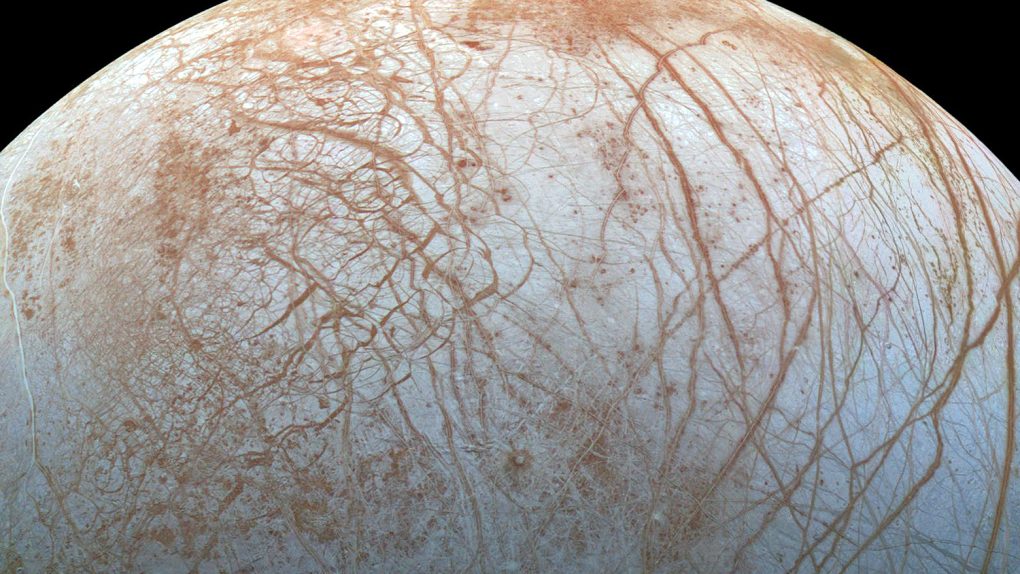- New research shows that Jupiter’s moons may be keeping each other warm thanks to the effects of gravity.
- The tidal forces each moon applies to the others are keeping them warmer than they would otherwise be.
- Jupiter’s moon Europa has a subsurface ocean that may hold life.
Jupiter is well known for being the might, gassy, “king” of the planets. It’s huge, and it has a whole bunch of moons orbiting it as well. In fact, the gas giant has almost 80 worlds orbiting it, ranging from small to massive. The weird thing about them is that they appear to be quite a bit warmer than they really should be, but why?
New research published in Geophysical Research Letters suggests that the moons themselves are responsible for their own warming, or at least they’re responsible for warming each other. It might sound odd, but when you consider the effects of gravity, it actually makes perfect sense.
The focus of the new study is on a phenomenon known as tidal heating. Simply put, tidal heating refers to the gravitational forces of the moons pulling on each other as they pass by in orbit around their host planet. Just like Earth’s Moon tugs on our own planet to produce tides, the gravitational pull of Jupiter’s moons are acting on one another and imparts energy which results in heat.
Jupiter’s moon Europa is believed to have a subsurface ocean deep beneath its frozen crust. Without tidal heating, such a thing may not be possible based on how far away Jupiter is from the Sun. It certainly affects water worlds like Europa, but it may have the same effect on rock planets.
“Maintaining subsurface oceans against freezing over geological times requires a fine balance between internal heating and heat loss, and yet we have several pieces of evidence that Europa, Ganymede, Callisto and other moons should be ocean worlds,” Antony Trinh, co-author of the research, said in a statement. “Io, the moon closest to Jupiter, shows widespread volcanic activity, another consequence of tidal heating, but at a higher intensity likely experienced by other terrestrial planets, like Earth, in their early history. Ultimately, we want to understand the source of all this heat, both for its influence on the evolution and habitability of the many worlds across the solar system and beyond.”
The researchers ran models to verify this theory. They found that Jupiter alone couldn’t be responsible for the tidal forces, and that factoring the moons themselves into the model was the only thing that produced enough tidal force to result in the warming.
At present, Jupiter’s Europa is one of the main candidates in our search for extraterrestrial life within our own solar system. It’s possible, scientists believe, that life is thriving in the subsurface ocean on the moon, and future missions may be able to prove that true.








